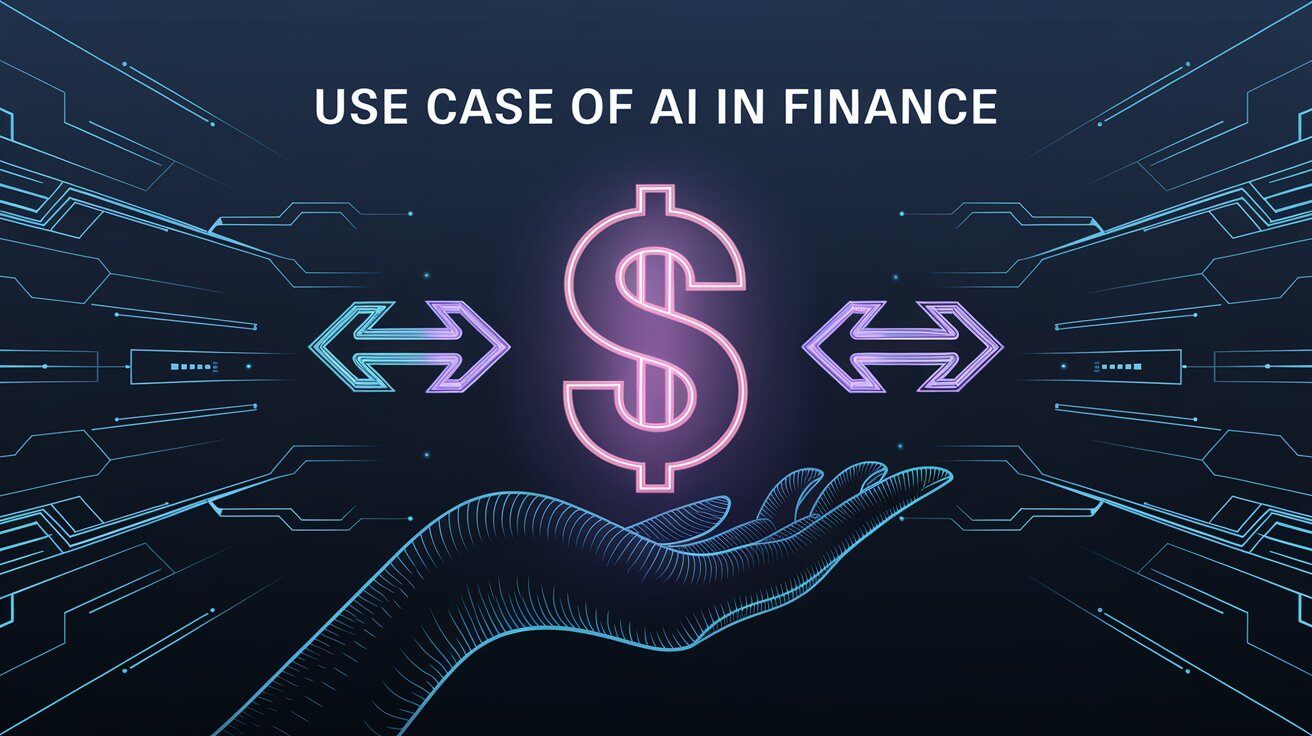
Introduction
In recent years, artificial intelligence (AI) has reshaped various industries, with the financial sector standing out as one of the most impacted. Following our previous discussion on AI’s transformative role in fraud detection, customer service, and trading, this second part delves into additional AI finance use cases such as risk management, compliance, and automation. These innovations reveal how AI continues to revolutionize the financial industry, streamlining operations, ensuring regulatory compliance, and managing risk more effectively.
AI in Risk Management
-
Market Risk Analysis: AI can analyze past market performance, forecasting future volatility to guide investment decisions.
-
Credit Risk Assessment: Machine learning models evaluate an individual's creditworthiness by analyzing financial history, spending behavior, and even social signals.
-
Anti-Money Laundering (AML) Programs: AI can detect suspicious financial activities by analyzing transaction patterns and identifying anomalies that could indicate money laundering.
-
Know Your Customer (KYC) Processes: AI streamlines the verification of customers' identities, ensuring that banks comply with KYC regulations without burdening clients.
-
Loan Approval Automation: AI evaluates loan applications based on predefined criteria, speeding up the approval process while minimizing human errors.
-
Customer Onboarding: Automating customer verification and onboarding processes reduces paperwork, enhancing the overall user experience.
-
AI-Enhanced Investment Strategies: As AI systems become more advanced, they will offer even more sophisticated investment strategies, allowing financial advisors to optimize portfolios in real-time.
-
AI in Sustainable Finance: AI will play a crucial role in guiding investments toward more sustainable and environmentally conscious initiatives, aligning with ESG (environmental, social, and governance) criteria.

Posted by PDI Marketing Team
Pacific Data Integrators Offers Unique Data Solutions Leveraging AI/ML, Large Language Models (Open AI: GPT-4, Meta: Llama2, Databricks: Dolly), Cloud, Data Management and Analytics Technologies, Helping Leading Organizations Solve Their Critical Business Challenges, Drive Data Driven Insights, Improve Decision-Making, and Achieve Business Objectives.




